Currently Empty: ₹0.00
What Can We Expect from Influencer Marketing in 2025 ?
The Development of Nano and Micro-Influencers-
The emergence of micro and nano-influencers is one of the most prominent developments in the ongoing development of influencer marketing. Smaller influencers are becoming increasingly popular, even as well-known influencers with millions of followers continue to rule the scene. Brands are growing interested in micro-influencers, or those with 10,000–100,000 followers, and nano-influencers, or those with fewer than 10,000 followers.
Why? Due to the fact that these influencers provide their viewers with more genuine relationships. Their recommendations are seen as more sincere, and their followers are typically more involved. Actually, studies indicate that audiences are more inclined to believe recommendations from lesser influencers than from those with greater clout. Brands should anticipate refocusing on these micro and nano-influencers in 2025 in order to use a more individualized and successful marketing strategy.
Additionally, this move will affect how brands use their marketing funds. Instead of investing heavily in a single celebrity influencer, firms could choose to use a wider range of smaller influencers to market their goods in different markets. Authenticity is key, and these influencers are excellent at fostering trust in their groups.
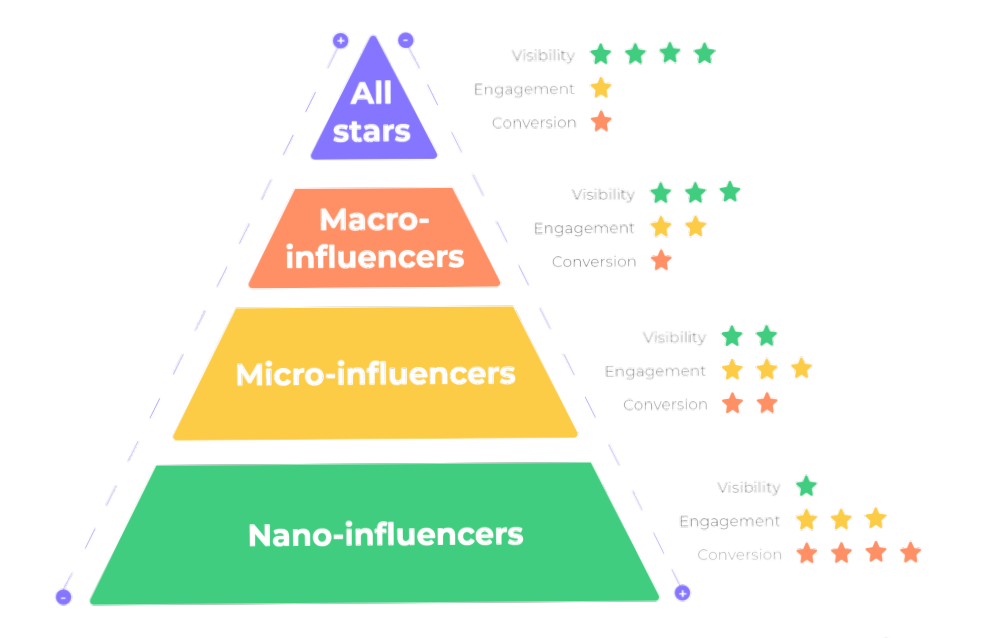
Combining Data-
Driven Insights with Artificial Intelligence By 2025, combining artificial intelligence (AI) with data-driven insights will be one of the biggest developments in influencer marketing. Although AI has already begun to be used in evaluating the success of influencer efforts, its potential is anticipated to grow significantly over the next several years.
Consider having artificial intelligence (AI) capabilities that can forecast a campaign’s success before it even launches. AI will assist marketers in making data-driven choices that optimize their return on investment by examining trends, audience behavior, and previous campaign results. Instead of relying solely on follower or engagement numbers, brands would be able to use comprehensive analytics to choose the ideal influencer for their campaigns.
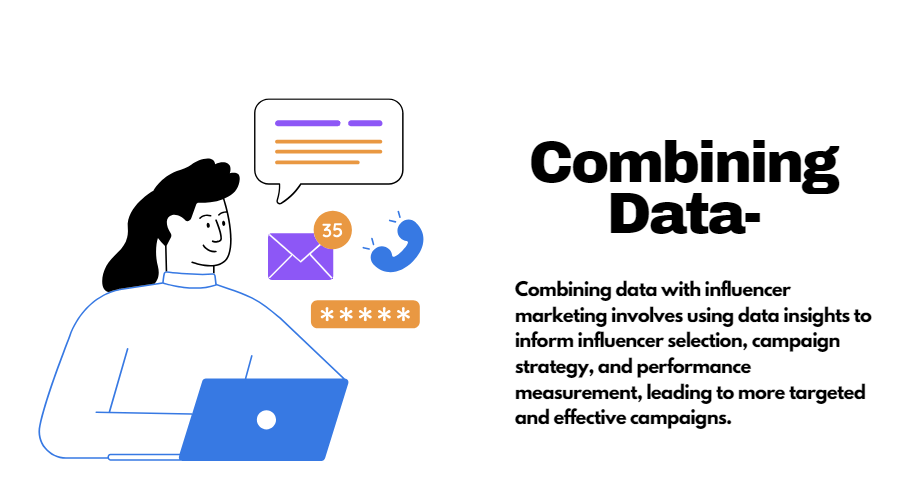
The Function of Online Influencers
Digital characters made with artificial intelligence and computer-generated imagery (CGI) are known as virtual influencers. Despite being relatively young, they are becoming more and more prevalent in the marketing industry. By providing a fresh, creative approach to audience engagement, these virtual characters have the potential to completely transform the influencer marketing sector.
As technology advances, we anticipate seeing more brands use virtual influencers in 2025. In order to prevent conflicts of interest or misalignments, these digital influencers can be precisely matched to a brand’s messaging. Additionally, unlike human influencers, virtual influencers are not subject to the same restrictions. Because they don’t have to eat, sleep, or worry about personal matters, they are a dependable and consistent brand partner.
Additionally, virtual influencers offer a fresh degree of originality. Every element of a digital influencer’s profile, including look, demeanor, and even behavior, may be created and managed by brands. Flexibility opens up new possibilities for brand storytelling and engagement.
Influencers as Content Creators and Entrepreneurs
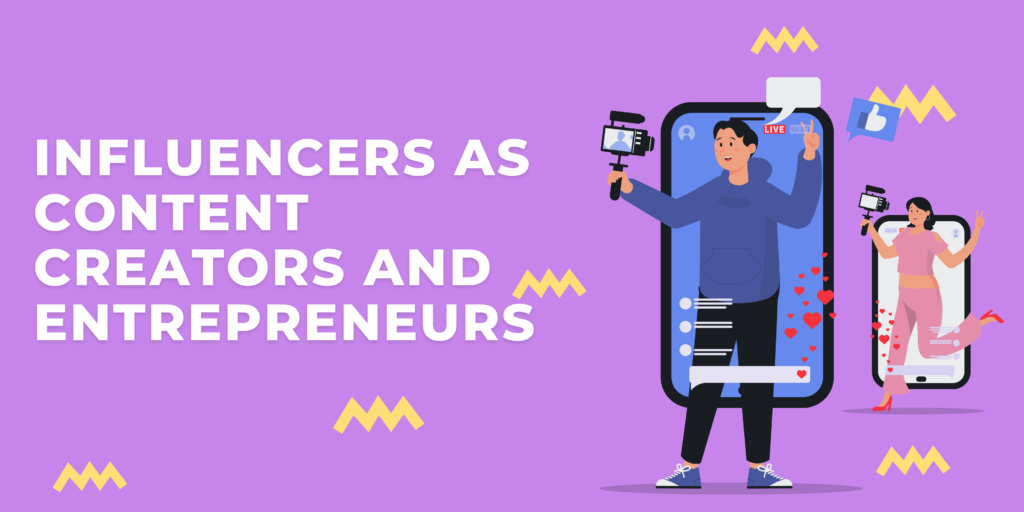
In 2025, influencers will no longer just be seen as brand ambassadors—they will become content creators and entrepreneurs in their own right. Many influencers have already begun to expand their personal brands into businesses, launching everything from product lines to online courses. This trend is only expected to grow in the coming years.
With the tools available to them, influencers will have the ability to create, produce, and sell their own content without relying on traditional platforms or third-party companies. Whether it’s launching a subscription-based platform for exclusive content, creating their own merchandise, or offering consulting services, influencers will take on more entrepreneurial roles.
This shift also benefits brands. By partnering with influencers who have established businesses or personal brands, companies will be able to tap into an even larger and more engaged audience. In turn, influencers will enjoy more control over their income streams and greater opportunities for diversification.
The Importance of Authenticity and Transparency
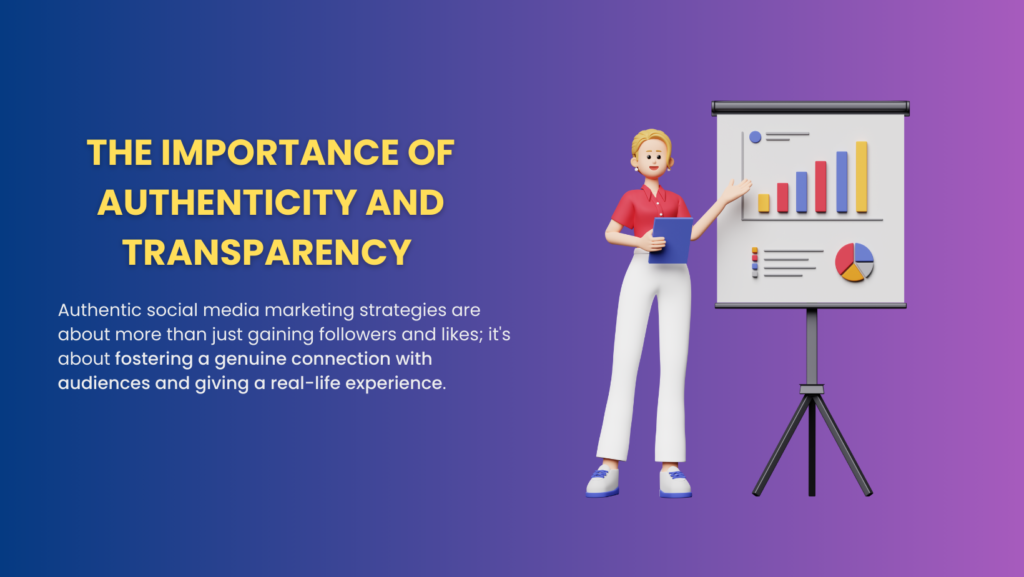
As influencer marketing continues to grow, authenticity and transparency will become even more important. In the past, influencer marketing has faced scrutiny over issues such as fake followers, undisclosed paid promotions, and lack of transparency in brand partnerships. By 2025, the demand for genuine, trustworthy content will be more pronounced than ever.
Audiences are becoming more savvy and can easily spot inauthentic content. They crave real stories, honest reviews, and a sense of connection with the influencers they follow. In response, brands and influencers will need to work together to maintain transparency in their campaigns. This means clearly disclosing paid partnerships and avoiding deceptive tactics like fake reviews or artificially inflated engagement rates.
The future of influencer marketing will rely on building trust with the audience. Those who prioritize authenticity and transparency will emerge as the most successful players in the industry.
The Development of Social Media Sites
Although YouTube, Instagram, and have long dominated the influencer marketing business, social media is always evolving. User behavior changes and new platforms appear. The platforms that influencers use to interact with their followers are probably going to change by 2025.
For instance, has already made a name for itself as a potent influencer marketing tool, especially with younger viewers. But more recent platforms, or perhaps the development of current ones, could change the game entirely. The key will be understanding where audiences are spending their time and how brands can leverage these platforms to reach them effectively.
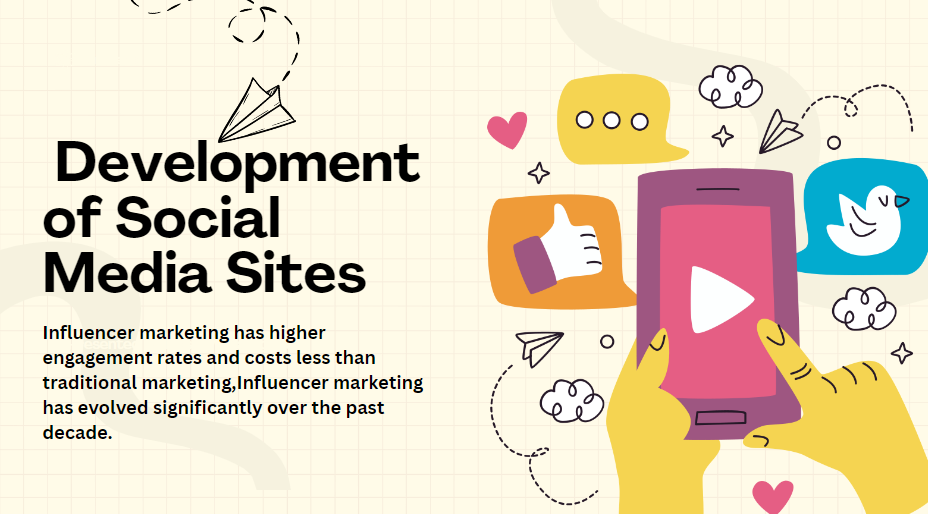
In addition, the way users consume content is also evolving. Short-form video, live streaming, and interactive content are becoming more popular, while traditional long-form blog posts and static images may take a backseat. Influencers will need to adapt to these trends to stay relevant and maintain their influence.
Influencer Marketing’s Ascent in Emerging Sectors
Although influencer marketing has historically been linked to lifestyle, fashion, and beauty firms, its impact is expanding into other sectors. Influencer marketing is expected to spread into industries like healthcare, banking, and perhaps education by 2025.
Influencers could be very helpful in the healthcare industry, for example, in promoting wellness goods, mental health awareness, and healthy lifestyle choices. Influencers in the financial sector may also be able to explain difficult financial ideas and encourage prudent money management.
These sectors, which have historically used more traditional marketing strategies, are starting to see how effective influencer marketing is at connecting with younger, tech-savvy consumers. The outcome? A wider array of influencer marketing initiatives across different industries.
Video and Live Streaming as the Future of Content
Video content will continue to dominate the digital marketing landscape. In 2025, live streaming and interactive video formats will become even more integral to influencer marketing strategies. Platforms like Instagram Live, YouTube Live, and Live already allow influencers to engage with their audiences in real time, and this trend is expected to grow exponentially.
The ability to host live Q&A sessions, product launches, or behind-the-scenes content will provide influencers with more opportunities to connect with their followers. For brands, live streaming offers a unique way to showcase products, answer questions, and create a sense of urgency around limited-time offers.
As video continues to be a highly engaging medium, expect to see more brands and influencers focusing on creating high-quality video content that speaks to their audience’s interests, challenges, and desires.
The Impact of Regulations and Ethical Standards
As influencer marketing matures, it will face increased scrutiny from regulators and the public. In 2025, we can expect stricter regulations around advertising, disclosure, and influencer practices. Governments and industry bodies are already beginning to crack down on misleading practices, and this trend will only intensify.
Influencers will be required to adhere to more stringent guidelines when it comes to disclosing paid promotions, ensuring that their content is ethical, and avoiding any deceptive practices. Brands will need to be vigilant about ensuring that their partnerships are transparent and align with the latest regulations.
However, this increased regulation will also serve to clean up the industry, making it more professional and trustworthy in the long run. The influencers and brands who prioritize ethical practices will be the ones who thrive in the future.
In conclusion, influencer marketing has a bright future.
Influencer marketing has a very interesting future. The industry is expected to see substantial expansion and transformation in the coming years due to new technology, changing social media platforms, and a greater focus on authenticity. AI will assist brands in making more data-driven decisions, virtual influencers will create new creative opportunities, and micro-influencers will continue to gain prominence.
Influencers will simultaneously become more enterprising, and brands will prioritize authenticity and openness. The possibilities are unlimited as influencer marketing spreads into new sectors and new content formats, such as live streaming, gain prominence.
website link- jioskill.com , https://codexon.in/







